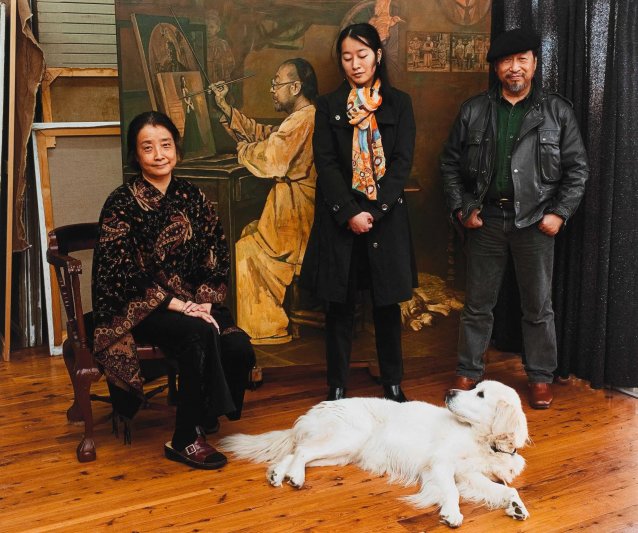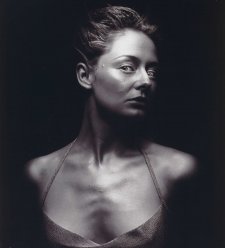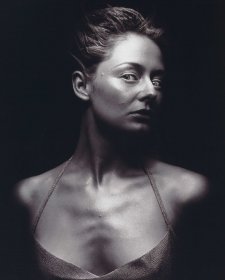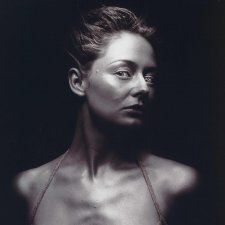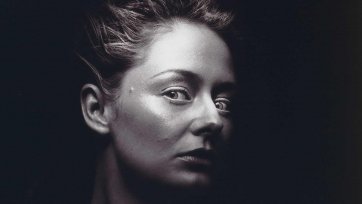Today we will LOOK at the portrait of Wan Lan, Xini, Shen Jiawei and Billy by Greg Weight; THINK about slow looking; READ an article by Penny Grist; DO a couple of activities and finish with a quiz.
Getting to know someone means spending some time with them; similarly, getting to know a portrait requires time. Studies have found that visitors to art galleries spend an average of eight seconds looking at each work on display. But what happens when we spend five minutes, fifteen minutes, an hour or an afternoon really looking in detail at a work of art? Today we will apply slow looking principles to our investigation of portraiture. Slow looking is not about curators, historians or even artists telling you how you should look at art. It's about you and the portrait, allowing yourself time to make your own discoveries and form a more personal connection with it, so try looking without reading the label. Remember, in the case of portraiture, it's not rude to stare at someone’s face!
